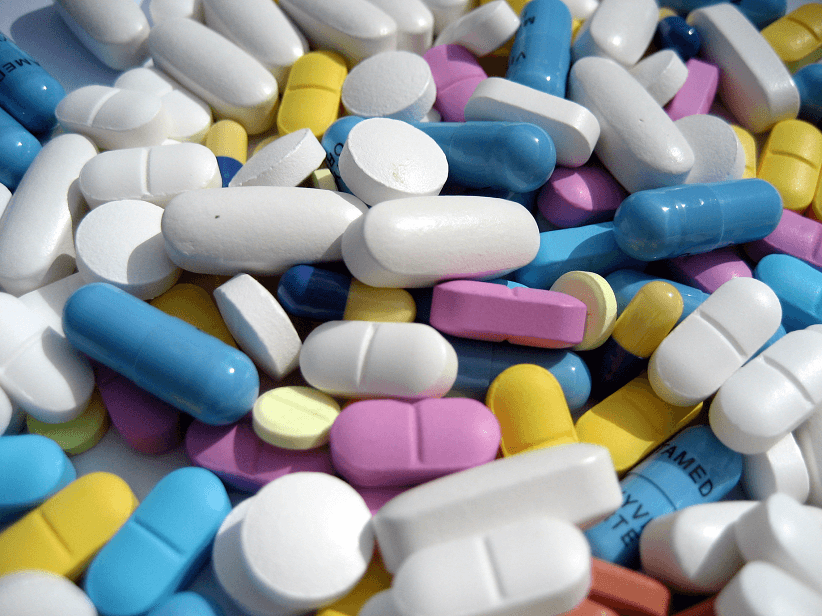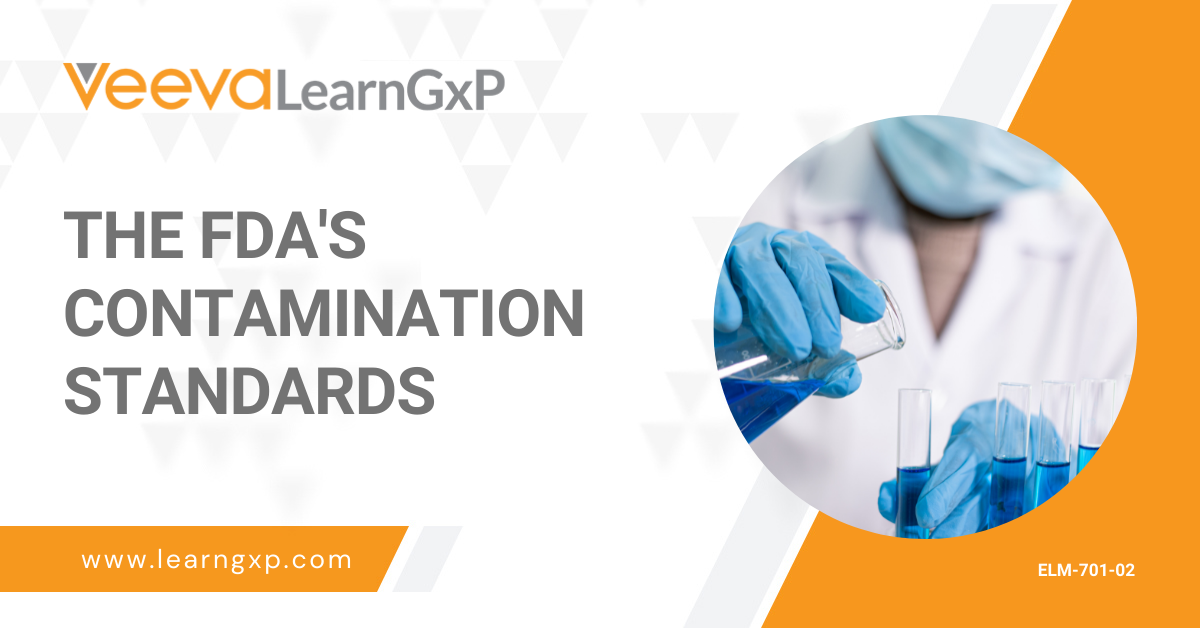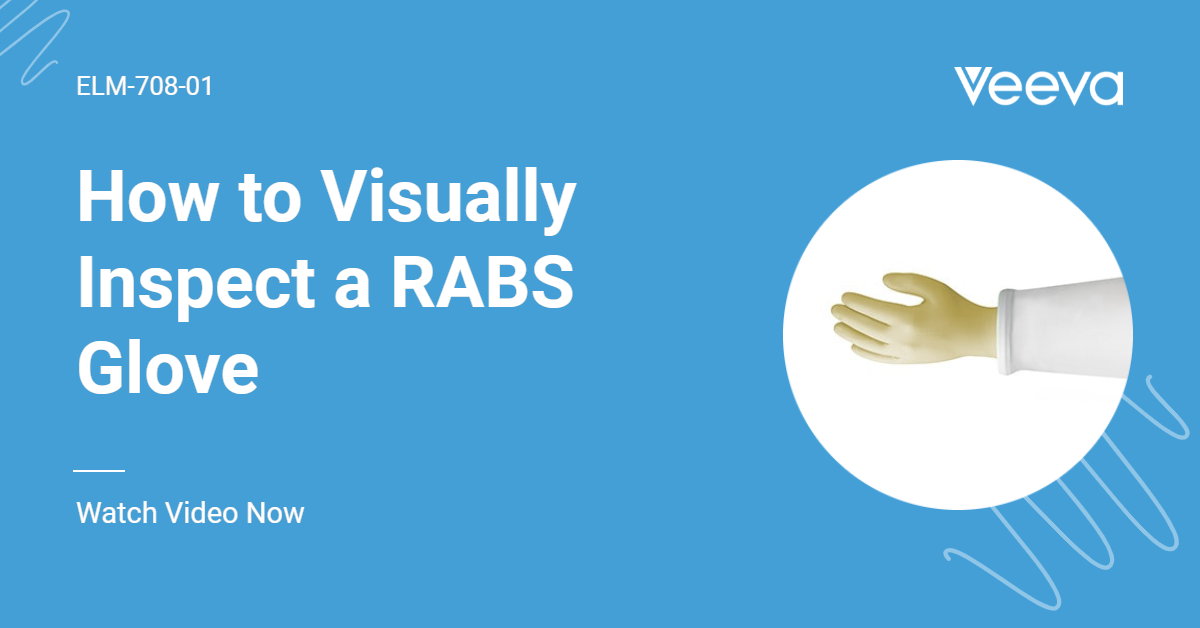The scope of this study is to explore the understanding of Prevention of Contamination and Cross-Contamination in Pharmaceutical Dosage forms. The pharmaceutical products manufacturer must reproduce consistently the desired quality of products.
The current Good Manufacturing Practice (cGMP) regulation recognizes that Contamination and Cross-Contamination of pharmaceutical products must not occur. The control of cross-contamination plays a very important role in maintaining the quality of product.
The manufacturing of pharmaceutical products involves series of processing steps and use of various equipments. Equipments and ancillary systems may be used for manufacturing multiple products or single dedicated product. The inadequate cleaning process may leads to the fact that, residue may get carried forward as contaminant in the next batch to be manufactured in the same equipment.
In this article we have concentrated mainly on the prevention of cross-contamination, beginning with the definitions of contaminant, contamination and cross-contamination.
Contaminant – An impurity or any substance or material that causes contamination or spoilage.
Contamination – The undesired introduction of impurities of a chemical or microbiological nature or of foreign matter, into or on to a starting material or intermediate during production, sampling, packaging, repacking, storage and transport.
Cross-Contamination – Contamination of a starting material, intermediate product, finished product with another starting material or a product.
The most typical sources of contamination are – Premises and design of building, People, HVAC system, Manufacturing Operations, Clothing, Utilities and Services. We hope, all the pharmaceutical manufacturers of different dosage forms follow cGMP Guidelines but, even there is possibility of ignoring these points. We have briefly highlighted the preventive measures of cross-contamination on the above mentioned points.
Premises and Design of Building
Eliminate risk of the entry of insects and pests inside the manufacturing area by good design of facilities and services equipped with maximum protection. Entry of unauthorized person should be prevented in production, packing and quality control areas. Persons who do not work in these areas should not use them as passage way. Interior surfaces of walls, floor and ceiling should be smooth, free from cracks and open joints, should not shed paint particulate matter and should permit easy and effective cleaning. Ventilation and light points should be designed to avoid creation of recesses which are difficult to clean.
Equipment
Should have smooth surfaces free from pitting. Contact surfaces should be inert, should not be additive or absorptive. Use dedicated equipments which are difficult to clean. Equipment cleaning aids like bristles, brushes, shedding clothes, etc. that raise dust or generate contamination should not be used. Manufacturer must ensure that all materials of previous product manufactured are removed and after cleaning there should be no residual cleaning agent left behind. Repair and maintenance operations should not present any hazard to the quality of the product. Wrap the cleaned equipment with polythene bags until use.
People
All personnel prior to and during employment as appropriate should undergo health examination. Personnel should wear clean body coverings appropriate to the duties they perform. Direct contact should be avoided between the operator’s hand and starting materials, primary packing materials and intermediate and finished products. Appropriate personnel protective equipments (PPE’s) should be used wherever applicable.
Heating Ventilation and Air Conditioning (HVAC) System
Install dedicated and validated HVAC system with appropriate filters in all manufacturing areas with suitable air locks and pressure differentials. Air supply and extraction points should not be so close or so disposed, that it restricts the supply of clean air to manufacturing areas or sweeps dust or contaminants away from working area. Risk of contaminants caused by recirculation/re entry of untreated/insufficiently treated air should be minimized. Clean dust extraction and associated pipes during every product changeover. Maintain separate area for cleaning of filters away from AHU.
Manufacturing
At every stage of processing, raw material, intermediate or printing material should be free from microbial and other contaminants. It is more scientific that by removing outer wrapping of the packaging material in which they are delivered before being issued to the shop floor reduces the bio burden and other contaminants.
Clothing and Foot Wear
Minimize exposed body surfaces. Clothes should not get contaminated by cleaning agents and capable of repeated wear, laundering without deterioration. The operator should ensure that, clothes are changed and are clean during product change over process. Personal footwear should not be allowed inside the manufacturing area. The company should provide appropriate foot wear to the personnel functioning in particular areas. Procedure for cleaning foot wear should be in practice.
The most important factor is monitoring, training and inculcating of these modules and the importance should be well understood.
Conclusion
Validation of equipment cleaning procedures should be practiced in pharmaceutical industries to prevent cross-contamination of drug products. The most important benefit of conducting equipment cleaning validation is to identify and correct the potential problems previously unsuspected which could compromise the safety, efficacy and quality of subsequent batches of drug product produced within the equipment.
Consider what levels of residue can be tolerated in the equipment after cleaning. Toxicity data can be useful in calculating permissible residue limits. Companies are required to qualify the cleaning materials and to be sure that these materials are suitable and of consistent quality. Failure to prevent cross-contamination may cause dire consequence on the consumer and expensive materials to be scrapped as waste which invites regulatory action if contamination issues are not thoroughly investigated and addressed.
References
- Pharmaceutical Inspection Convention and Pharmaceutical Inspection Co-operation Scheme. Validation Master Plan Installation and Operational Qualification: Non Sterile Process Validation Geneva, Switzerland. 2004.
- J A. Constance. “Why Some Dust Control Exhaust Systems Don’t Work”. Pharm. Engineering. 1983.
- Ash Stevens. Cross-contamination is a major concern for pharmaceutical manufacturers. Cleanroom Technology. March 2010.
- Gary A. Baker. A guide to designing cleaning procedures for CMO’s.
- Good Manufacturing Practice or Medicinal Products in the European Community. Brussels, Commission of the European Communities. 1992.
- Quality Assurance of Pharmaceuticals. A compendium of guidelines and related materials. Volume 2. Good Manufacturing Practices and Inspection. Geneva, World Health Organization. 1999.





